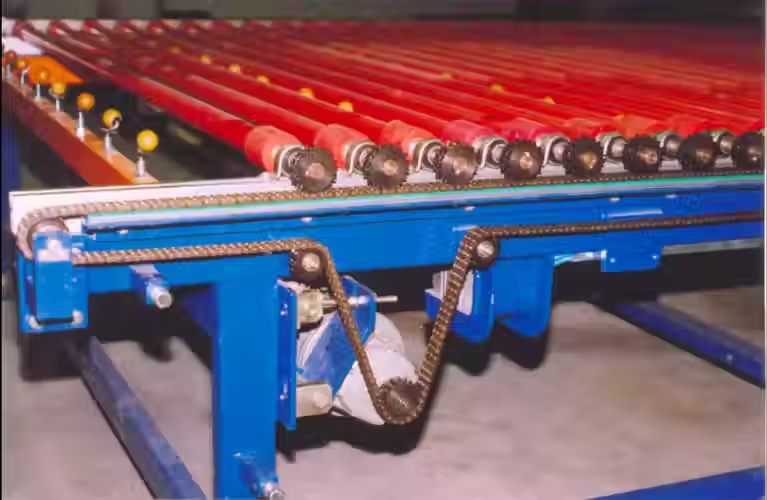VIBRATORY FEEDERS MANUFACTURER
- Jaswanth srinivas
- Sep 2, 2024
- 3 min read
VIBRATORY FEEDERS MANUFACTURER
In the realm of industrial equipment, vibratory feeders play a crucial role in the efficient handling and processing of bulk materials. Designed to move materials through a system using vibration, these feeders are integral to various industries, including mining, manufacturing, and food processing. Understanding the manufacturing process and benefits of vibratory feeders can help businesses optimize their operations and achieve greater productivity.
What Are Vibratory Feeders?
Vibratory feeders, also known as vibratory conveyors or vibratory feeders, are mechanical devices that use vibration to move materials along a designated path. They are often used to transport bulk materials from one point to another in a controlled and efficient manner. The vibration is generated by an electromagnetic drive or an electromechanical drive, creating a consistent flow of material.
Key Components of Vibratory Feeders
Feeding Tray: The primary component that holds and moves the material. It is often made of stainless steel or other durable materials.
Vibration Drive: Generates the necessary vibration to move the material. It can be electromagnetic or electromechanical.
Spring System: Supports the feeding tray and absorbs the vibration, ensuring smooth operation.
Controller: Regulates the vibration frequency and amplitude, allowing for precise control over material flow.
Manufacturing Process of Vibratory Feeders
The manufacturing of vibratory feeders involves several key steps to ensure high-quality, durable, and efficient equipment:
Design and Engineering: The process begins with designing the vibratory feeder based on the specific needs of the application. Engineers consider factors such as the type of material to be fed, desired flow rate, and operational environment. Advanced CAD software is often used to create detailed designs.
Material Selection: High-quality materials are chosen for various components to ensure durability and resistance to wear and tear. Common materials include stainless steel for the feeding tray and high-strength alloys for the vibration drive.
Fabrication: Components are fabricated using advanced machinery and techniques. This may involve cutting, welding, and machining to create precise parts that meet design specifications.
Assembly: The fabricated components are assembled into the final vibratory feeder unit. This involves installing the vibration drive, spring system, and other essential parts.
Testing and Quality Control: Each vibratory feeder undergoes rigorous testing to ensure it meets performance and safety standards. Quality control checks are performed to verify the accuracy of vibration, material flow, and overall functionality.
Finishing and Packaging: Once tested, the vibratory feeders are cleaned, finished, and packaged for shipment. Proper packaging ensures that the equipment arrives at its destination in optimal condition.
Benefits of Vibratory Feeders
Consistent Material Flow: Vibratory feeders provide a consistent and controlled flow of materials, reducing the risk of blockages and improving overall efficiency.
Versatility: These feeders are suitable for a wide range of materials, including powders, granules, and bulk solids. They can handle various material sizes and flow rates.
Durability: Built with high-quality materials and robust construction, vibratory feeders offer long-lasting performance and resistance to wear and tear.
Ease of Maintenance: Vibratory feeders are designed for easy maintenance, with accessible components and minimal wear parts. Regular maintenance ensures continued reliable operation.
Energy Efficiency: Modern vibratory feeders are designed to be energy-efficient, reducing operational costs and environmental impact.
Conclusion
Vibratory feeders are essential components in many industrial processes, providing efficient and reliable material handling solutions. The manufacturing process involves meticulous design, material selection, and quality control to ensure high-performance equipment. By understanding the benefits and manufacturing process of vibratory feeders, businesses can make informed decisions and enhance their operational efficiency.
For more information on vibratory feeders and to explore your options, contact leading manufacturers and suppliers to find the best solution for your specific needs.




Comments